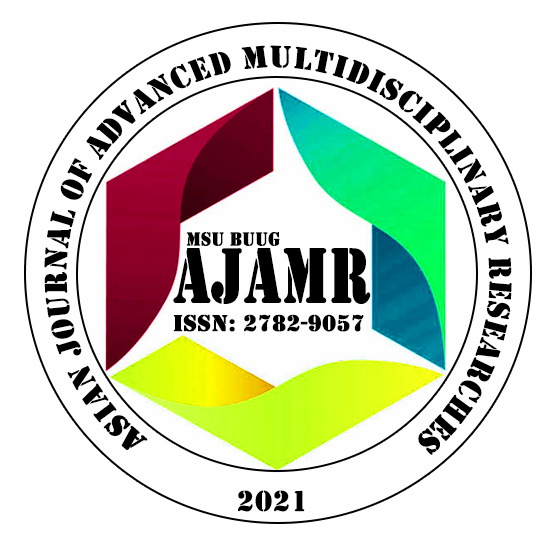

Author: Janice B. Manlangit
Assistant Professor, College of Arts and Sciences, MSU-Buug Campus, Datu Panas, Buug, Zamboanga Sibugay.
Email: balajula.janice2784@gmail.com
ABSTRACT
This study presents a socio-historical analysis of the impact of industrialization of the Zamboanga Peninsula on the Subanen. Indigenous people like
the Subanens are already alienated from the migrants’ intrusion into their lands. The coming of the logging and mining industries greatly altered the
physical environment and the system of living within their ancestral domain. After a thorough analysis, this paper reveals three major aspects which
greatly affected the Subanen in the attempt to industrialize the Zamboanga Peninsula; namely environment-related, economic-related, and peace and
order.Social theories such as emotional geographies, cultural theory, and subsistence theory have corroborated the difficult and trying experiences of
the Subanen under the aforementioned aspects. It is apparent that the Philippine government is willing and interested to integrate the Subanen. In
fact, it is a member of various conventions and agreements which commit to assimilate, preserve and protect the indigenous people of the country.
Moreover, several laws braced indigenous rights to the ancestral domain, self-government, empowerment, social justice, human rights, and cultural
integrity have been legislated.Hence, it is highly anticipated that laws crafted would address the Subanen concern on the environment, economy and
peace, and order while Zamboanga Peninsula pursues industrialization. In time, it would be an amazing scenario when Subanen would eventually
adapt, compete, and assume as forerunners of development in the region without necessarily forgetting or relinquishing their indigenous life and
principles. Indeed, embarking on industrialization inevitable. Nevertheless, industrialization should be mindful and sensitive to the marginalized populace of the region.
Keywords: Harafora; lutao; timuay; indigenous people mainstreaming; emotional geographies; balyan